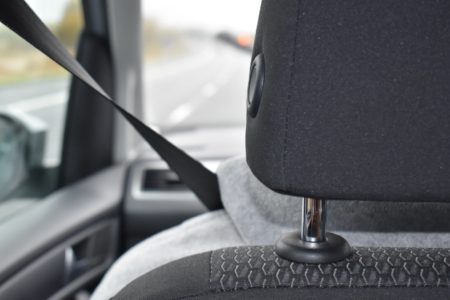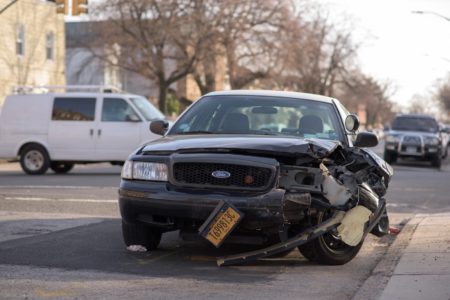Human beings need three things to survive: oxygen, nourishment, and sleep. Sleep is more important than people believe. As a university student, sleep is often the first thing that’s sacrificed. Students exercise, drink coffee, listen to music, talk to friends and get fresh air in order stay awake. However, we all need sleep to function.
Students find it difficult to fall asleep prior to 11 pm, because of their body clocks (circadian rhythms) and electronics make it even harder to sleep. Teens need 9 hours of sleep per night but this they don’t get it. Without sleep we can’t concentrate, process information properly, react quickly, and have poor decision-making skills. Sleep is necessary to be successful in school but becomes even more important when it comes to driving.
100,000 major crashes happen each year because drivers fall asleep at the wheel. This results in 76,000 severe injuries and 15,000 deaths.
Did you know that if you are awake more than 18 hours, drowsiness affects your driving as though you are impaired by alcohol? If you find you’re becoming tired behind the wheel, switch drivers. If you’re alone, pull over in a safe location. Drink a caffeinated beverage and take a 20-minute power nap. This will allow you to drive for another hour or so safely.




